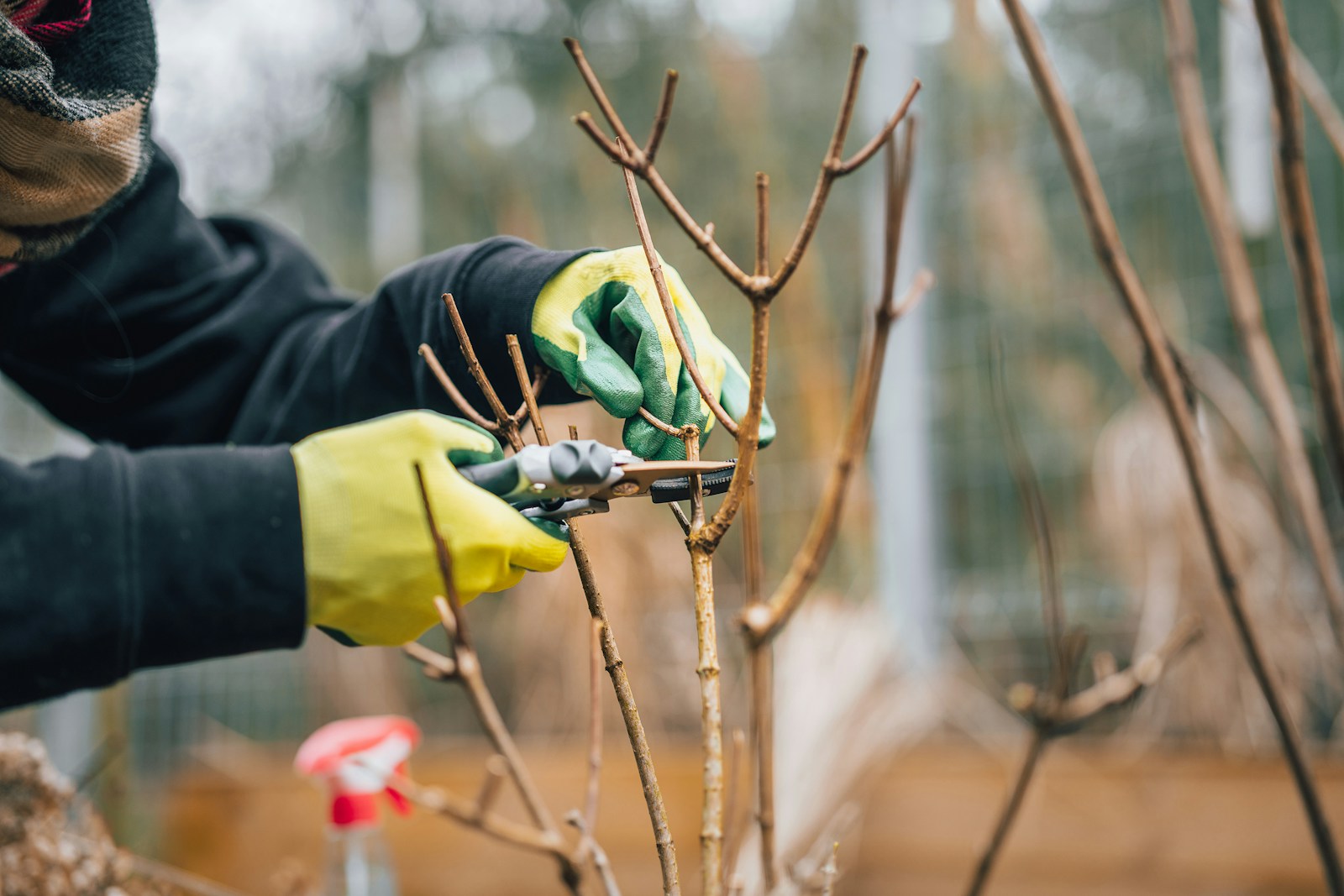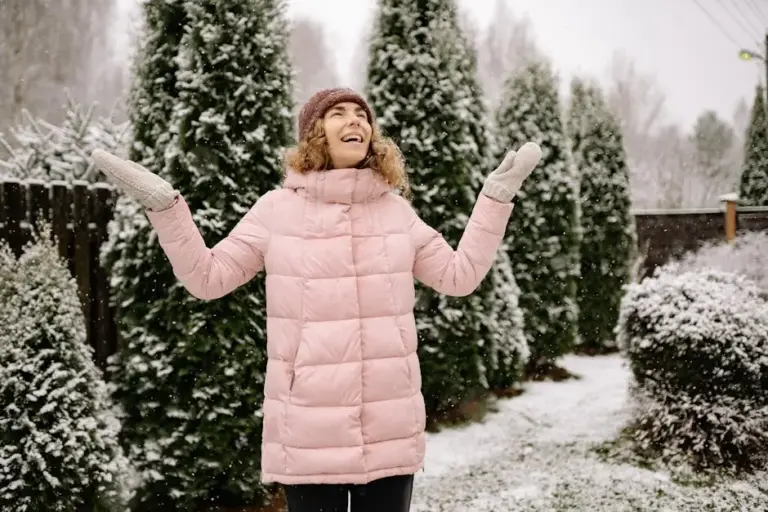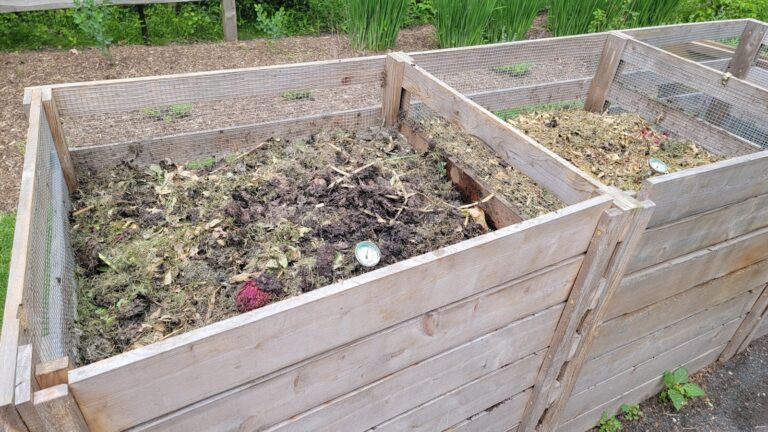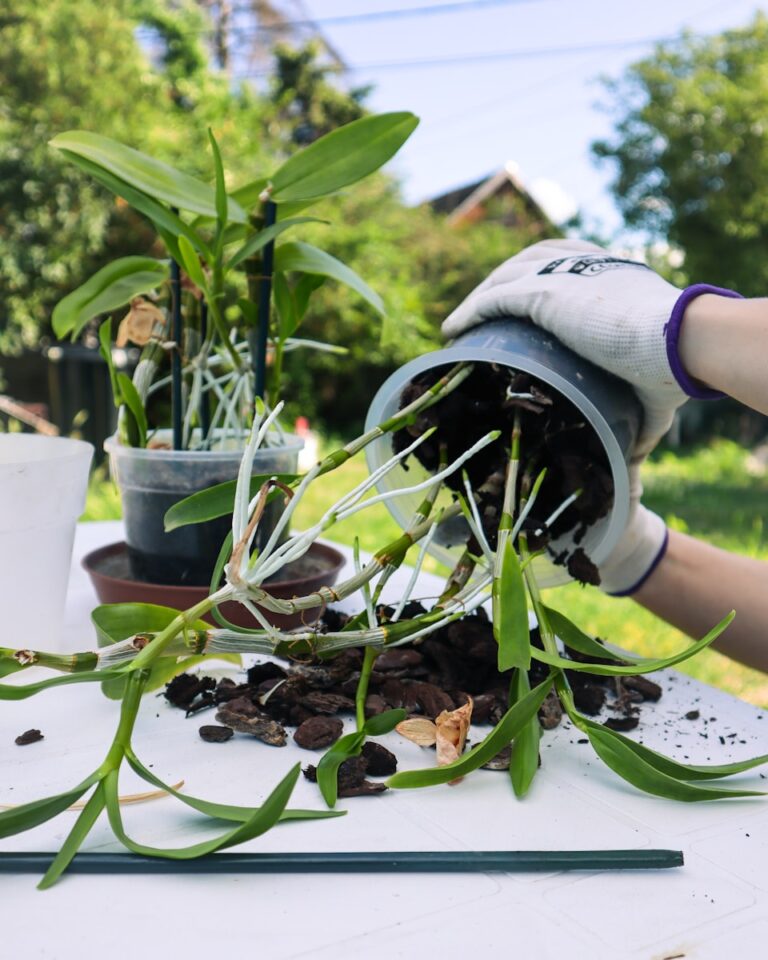Fall Garden Cleanup: What to Toss and What to Keep for a Healthy Yard Next Spring
When the days get shorter and the air turns crisp, it’s a sure sign that your garden is winding down for the year. Fall cleanup may not be the most exciting task, but it can make a real difference for your yard next spring.
Deciding what to clear out and what to leave behind can feel overwhelming. With a little know-how, you can set your garden up for less work and more beauty when warmer weather returns.
Toss diseased or pest-infested plants to prevent spread
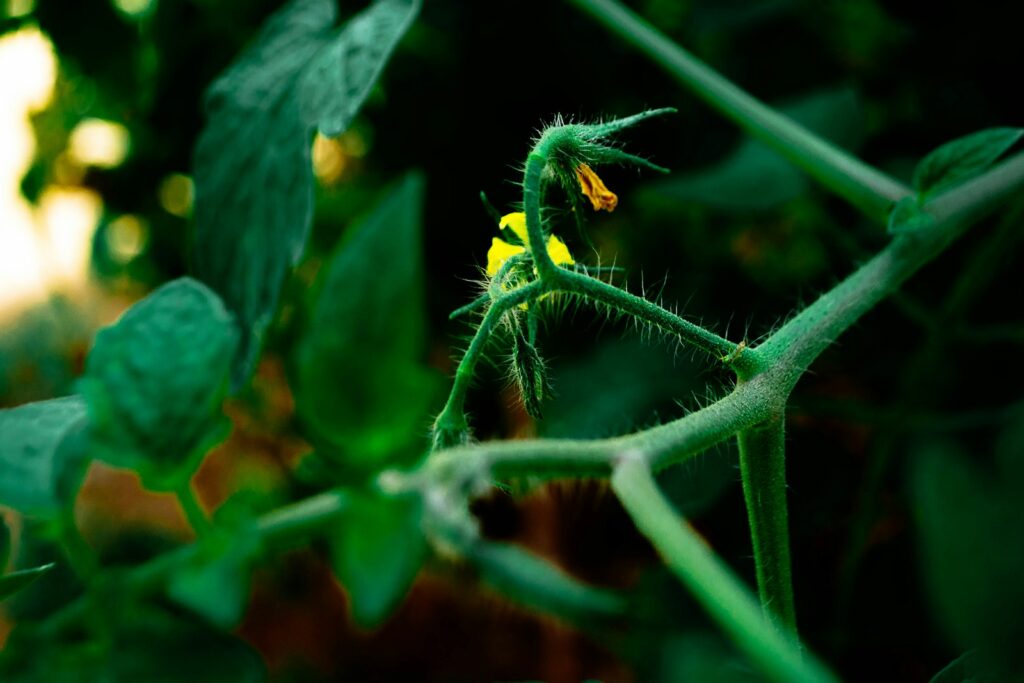
If you spot plants with disease or pest problems, it’s time for them to go. These troublemakers can harbor bugs and germs that stick around through winter.
Don’t add them to your compost pile. Instead, bag them and toss them in the trash or burn them where it’s allowed.
This helps keep problems from coming back next year. Your healthy plants will thank you.
Keep perennial stems intact to protect over winter
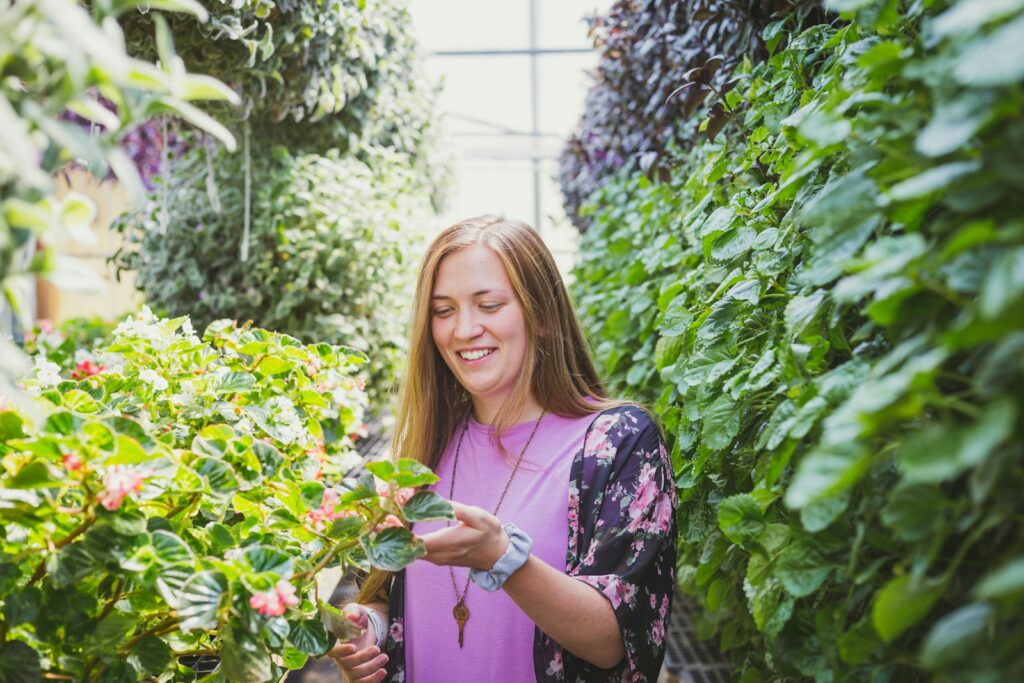
It’s tempting to cut everything back, but leaving some perennial stems standing can actually help your garden. Stems give crowns and roots extra shelter during cold snaps.
They also help keep moisture in the soil and protect roots from sudden temperature changes. Winter birds and helpful insects can use these stems for shelter too.
Remove only the dead or diseased stems. Healthy ones will support your perennials until spring.
Toss annuals and spent vegetable plants after frost
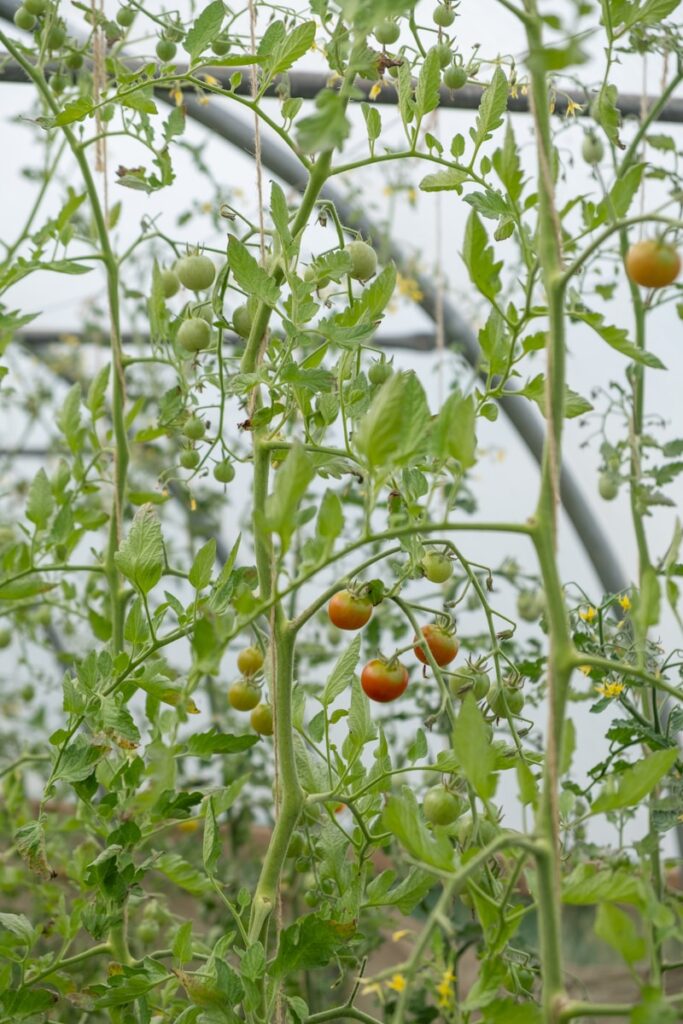
Once the first frost hits, your annuals and old veggie plants are finished for the season. They won’t bounce back, so it’s best to pull them out.
Leaving these plants in the garden can attract pests and diseases that stick around for next year. If they’re healthy, go ahead and add them to your compost pile.
Pull them up by hand or use a shovel. Chopping them up first helps them break down faster if you’re composting.
Keep fallen leaves in garden beds to enrich soil naturally
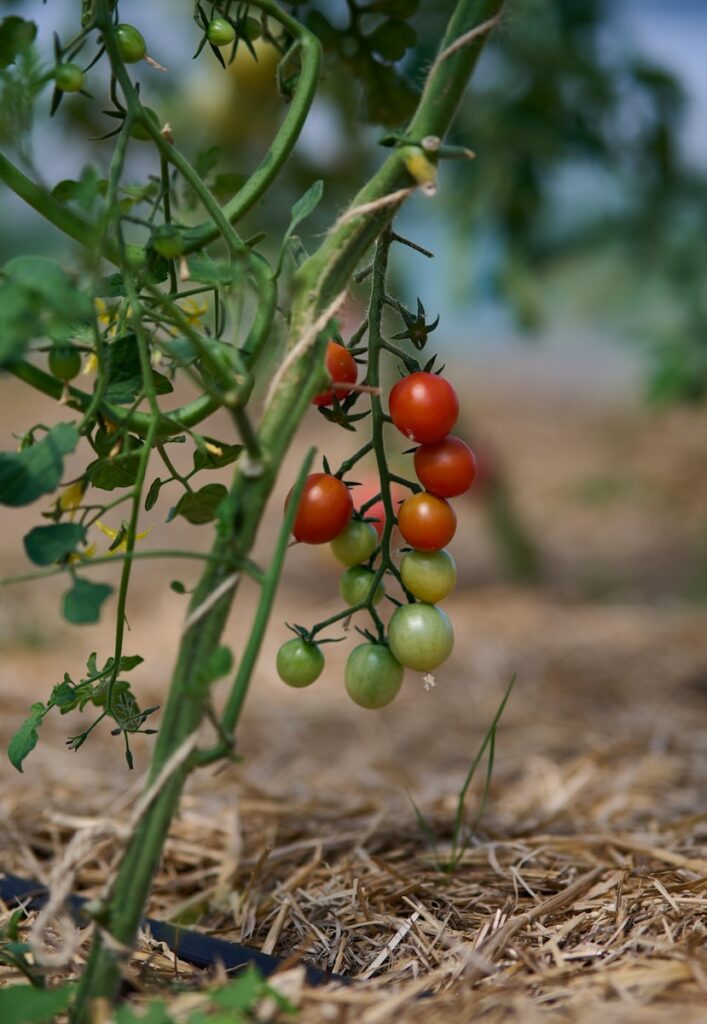
Instead of bagging up every leaf, let some stay in your garden beds. As they break down, leaves add organic matter to your soil and feed your plants.
Shredding leaves with a mower helps them decompose faster and prevents them from matting together. This also improves soil aeration and keeps moisture where it’s needed.
A light layer of leaves acts as natural mulch. It protects roots from cold and keeps weeds in check.
Just avoid piling leaves too thickly. For more tips, check out Garden Chick’s advice on using leaves to boost soil health.
Toss invasive weeds and seed heads to stop future growth
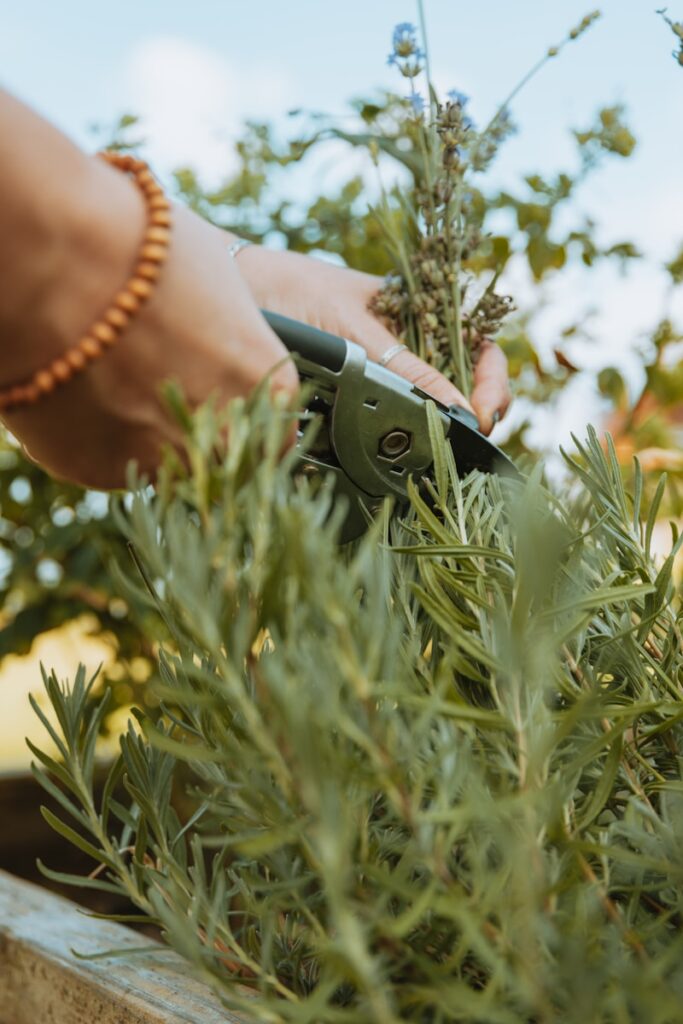
Fall is a great time to hunt down invasive weeds before they take over. Pulling them up now stops them from crowding out your favorite plants next season.
Be sure to remove seed heads too. Many weeds spread by dropping seeds that will sprout in spring.
Toss these weeds and seeds in the trash instead of composting. This keeps your garden healthier and gives you a head start on next year’s weed control.
Keep stems of native plants that provide winter shelter for wildlife
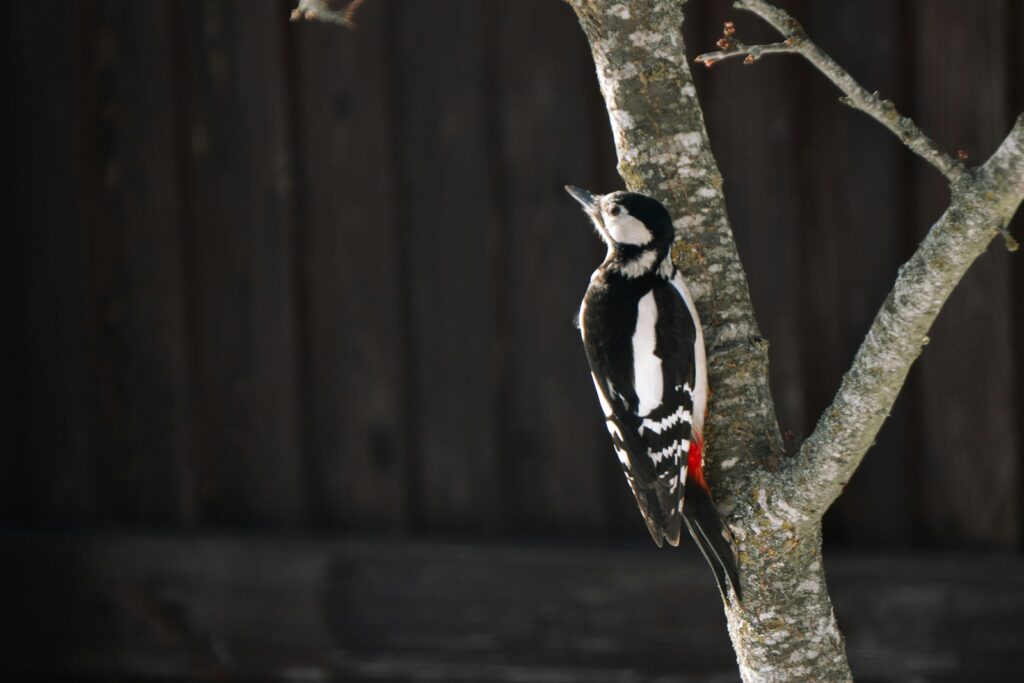
As fall arrives and you start tidying up the garden, it can be tempting to cut everything back. Instead, try leaving the stems of native plants standing.
These stems become much-needed shelter for birds, insects, and small animals during the cold months. Many native bees and helpful insects use hollow stems to hibernate safely until spring.
Leaving seed heads on these plants also helps birds like finches and sparrows when food is hard to find. You might even notice more wildlife visiting your yard through the winter.
The old stems add a unique touch to your garden’s winter appearance. They can make the space feel alive even when most plants are dormant.
If you cut everything down, you might be removing important homes for helpful bugs and birds. Keeping some stems can make your garden a safer place for pollinators and other critters all winter long.

